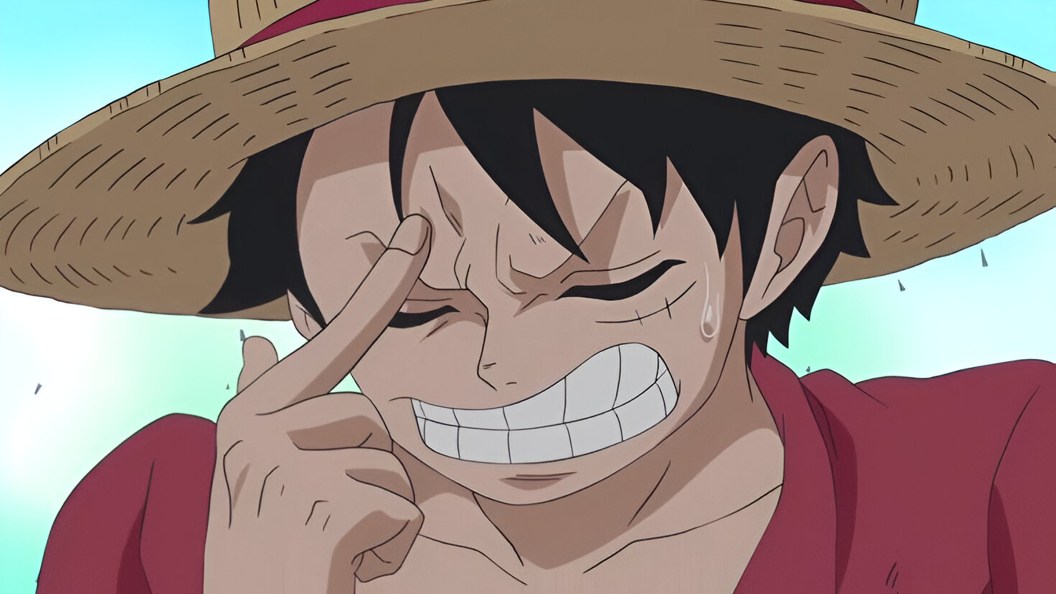Articles
After the God Valley Flashback, It’s Clear One Piece’s True Strength Isn’t Its Fights

Warning: This article contains spoilers from the One Piece manga! Eiichiro Oda’s hit Weekly Shonen Jump manga, One Piece, began serializing 28 years ago, and the story is still far from over. The story begins with Monkey D. Luffy setting out to sea to acquire a legendary treasure and claim the title of the Pirate King. As his journey continues, he gathers new crew members who all have dreams of their own as they come together to enter the Grand Line and continue their journey toward the last island called Laughtale. As the story continues, the layers of mysteries and the truth behind the broken world slowly come to light. The series is a lot deeper and more complex than it initially lets on, and that’s the beauty of it.
One Piece is a Shonen series, which is why fans often expect the series to have thrilling and intense fight scenes. However, despite fans’ expectations, these moments are only a fraction of what the series truly has to offer. One of the most anticipated fights was finally revealed in the God Valley flashback, and the series once again explained that it’s fruitless to expect the manga to have astounding fight scenes, especially in the flashbacks.
One Piece’s Most Anticipated Fight Is Nowhere Near As Exciting As Fans Expected

The thing about One Piece’s storytelling is that a lot of legendary fights are only mentioned or briefly shown during flashbacks. Ace’s fight with Blackbeard, Akainu vs. Aokiji, and the legendary clash between Roger and Whitebeard are all examples of how we didn’t actually see the fights but only brief glimpses that show the high stakes of these battles. The same goes for the unexpected alliance between Roger and Garp during the God Valley Incident when they took down Xebec.
While Xebec was portrayed as a ruthless villain in Sengoku’s version of the story, the truth about him finally came to light during the latest flashback in the Elbaf Arc. However, Sengoku didn’t lie about the alliance between Roger and Garp and the reason behind it. Imu, the mysterious ruler of the world, used their powers to control Xebec as a puppet and ordered him to kill his own son and wife. Xebec was barely able to keep a clear head, but he wanted to die at the hands of his friends so he wouldn’t hurt the people he cared about.
Roger, in particular, shared a long history with his rival pirate, which is why he felt even more emotional during the battle. From a storytelling point of view, there was nothing wrong with the battle; in fact, it perfectly portrayed the characters’ powers and their emotional burdens. However, the expectations are different, especially when compared to other Shonen fights, as many want to see flashy battles, which isn’t a forte in One Piece.
One Piece Excels in Everything Except the Fights

When it comes to battles, especially the legendary ones, there’s no arguing that One Piece isn’t the best in its niche. That doesn’t mean all battles are worse, since we’ve had several intriguing ones in the past, especially when it comes to the Monster Trio of the Straw Hat Pirates. However, the most defining thing about the series is its vast world-building and how the lore fits into it through almost three decades of serialization. It’s the major reason why fans are still hooked on the show. In a story that’s completely about adventure, crafting a believable and richly detailed environment is often essential to grounding the story and immersing the audience.
Not only that, but everything in the story from the beginning is interconnected, including side characters such as Buggy and Crocodile, who were introduced much earlier in the story and continue to evolve with time despite having very little screen time. Every island, government, and character is part of a web of influence, tied to global history, ancient secrets, or ongoing conflicts. Oda doesn’t randomly decide to showcase plotlines for the sake of fun; instead, we uncover the different faces of the same world, learning about the bigger picture as time passes.
When you think about this, the legendary fights in the backstory are also part of this flow, which is why they are mostly never featured in full. Very few manga grasp long-term changes so beautifully fleshed out in the same way Oda has mastered with One Piece. For example, the sea level rose by one meter after the destruction of the Lulusia Kingdom, affecting the entire world of One Piece in a tangible, unforgettable way. These minor details emphasize how One Piece’s beauty isn’t simply limited to islands, but it’s the multiple storylines and complexities that make the story feel alive.
What do you think? Leave a comment below and join the conversation now in the ComicBook Forum!
The post After the God Valley Flashback, It’s Clear One Piece’s True Strength Isn’t Its Fights appeared first on ComicBook.com.



